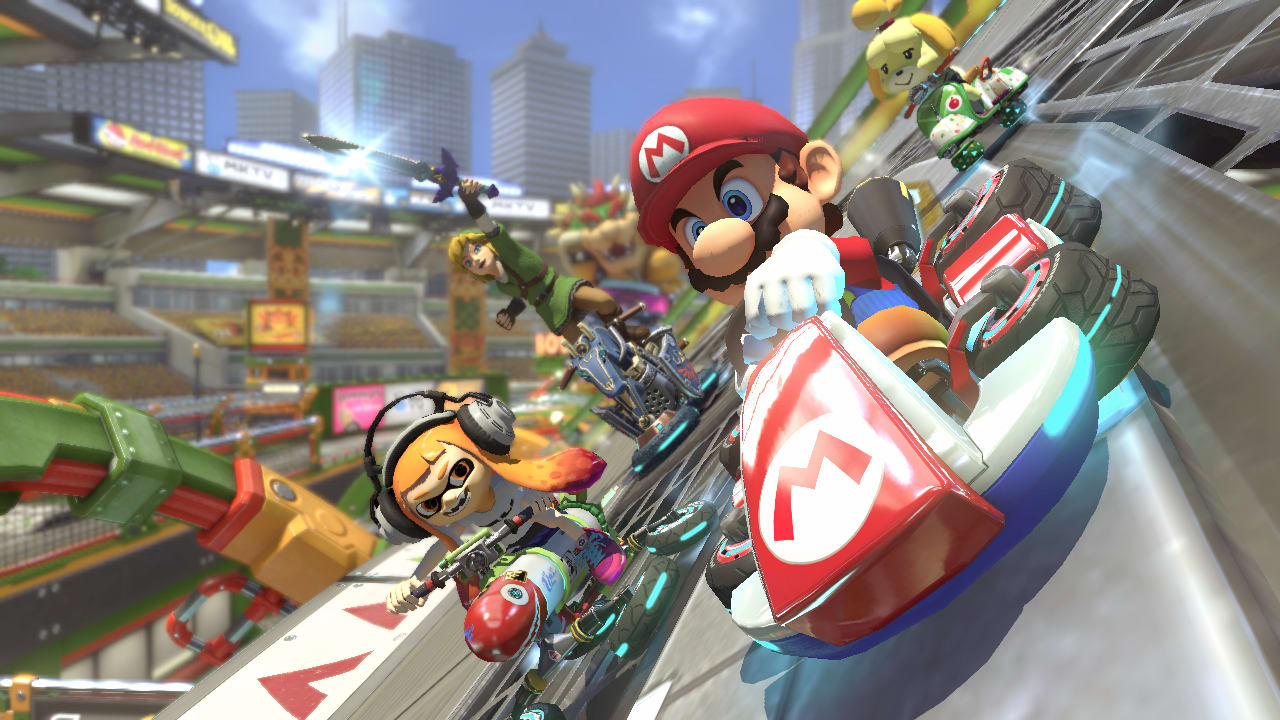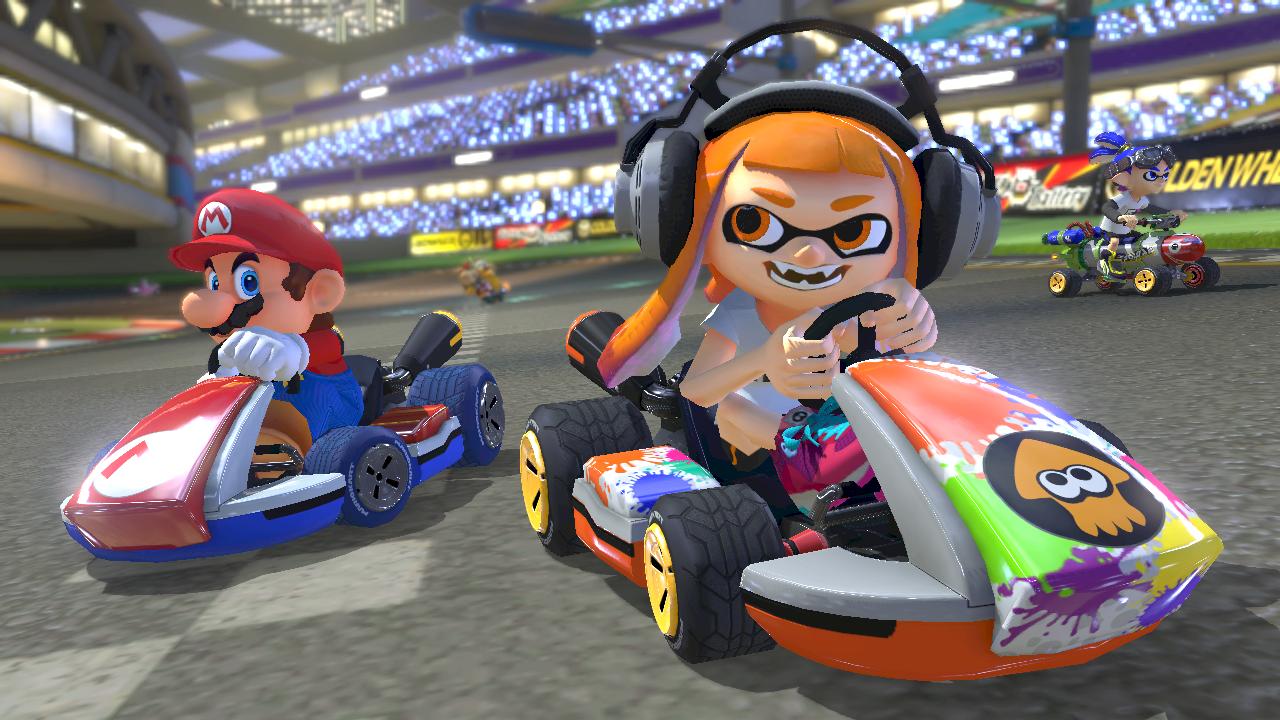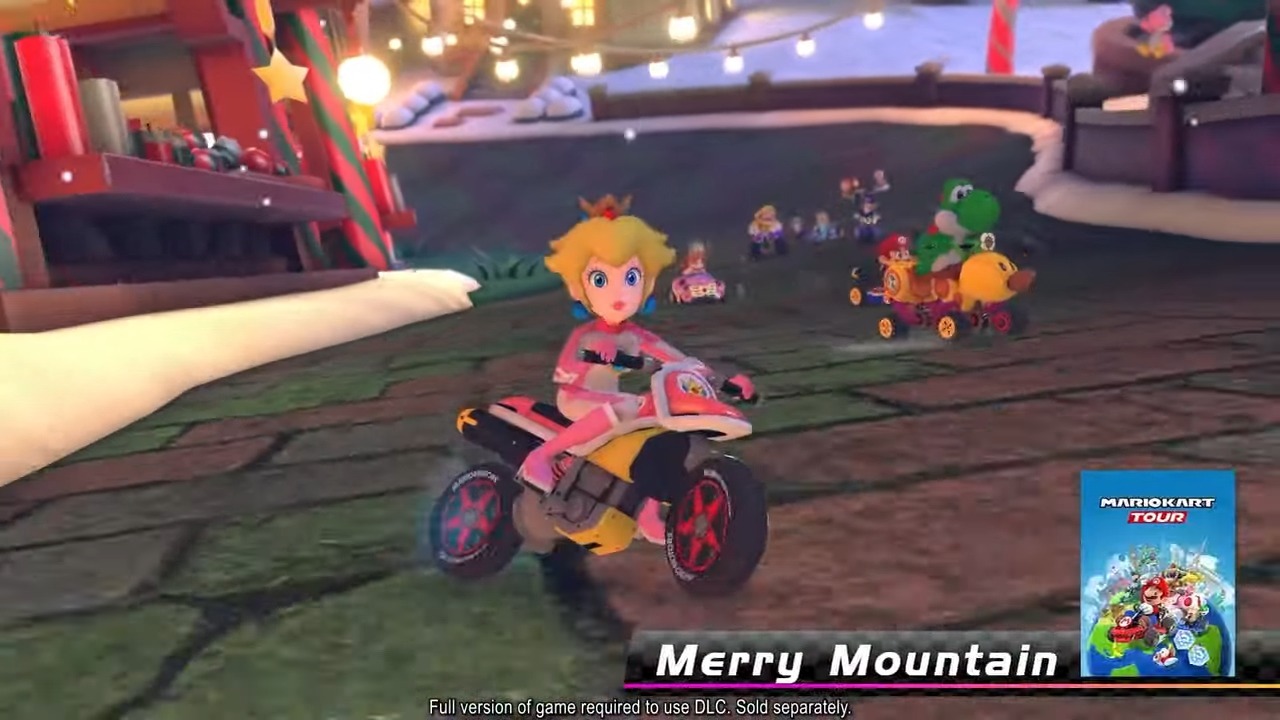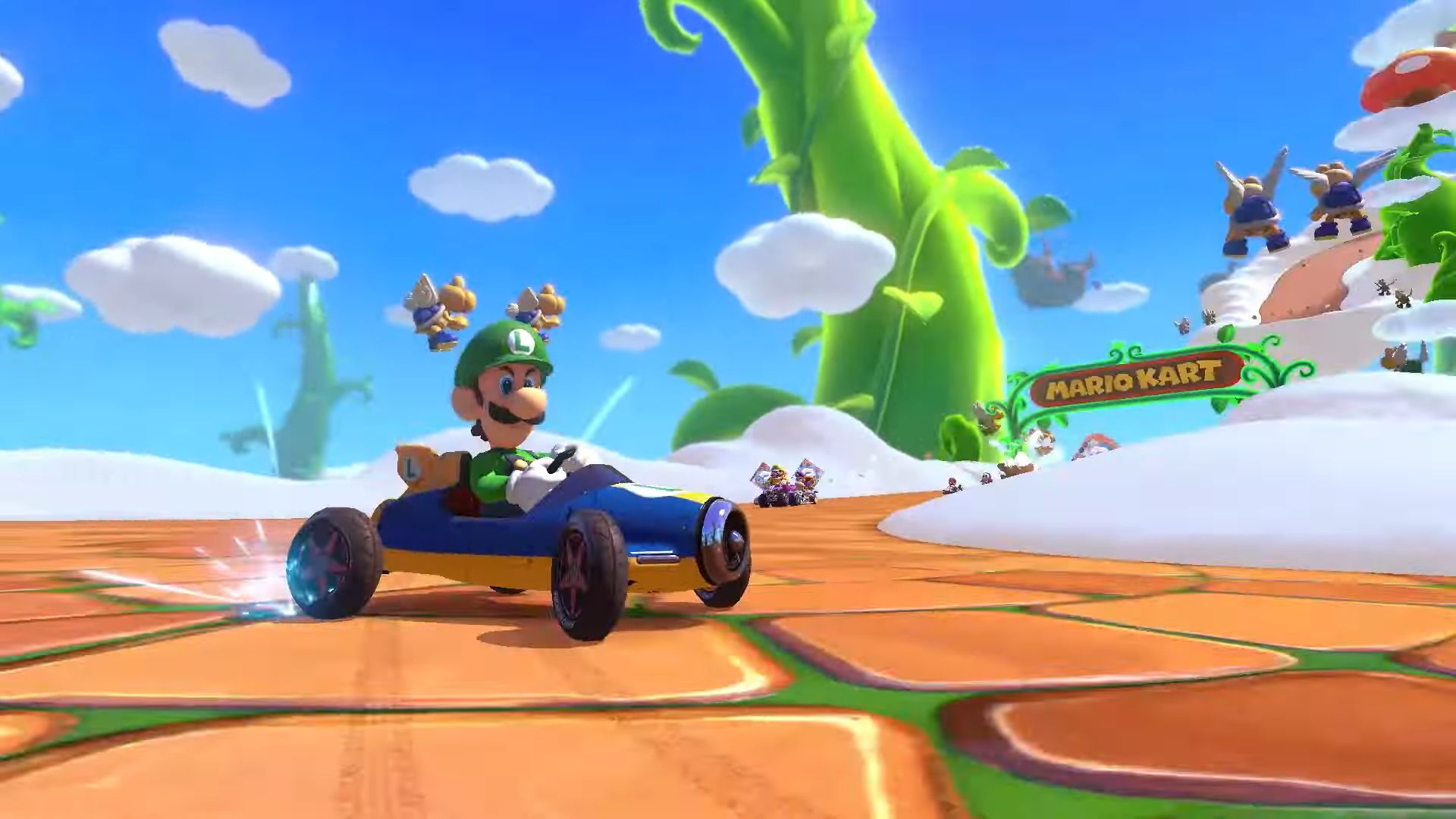
At this point, it's not outlandish to say that Nintendo’s financial stability and cash reserves may be entirely thanks to Mario Kart. Give the people the go-karting that they want, Nintendo has proven, and fans will never stop buying this series. So many copies of Mario Kart 8 Deluxe have sold for Switch, in fact, that it’s exceeded a 2.5-to-1 ratio of software to hardware – and that’s at full retail price, rarely marked down.
So it’s weird to suggest that Mario Kart 8 Deluxe has reached the end of its apparent life, concluding a nine-year journey that couldn’t even be stopped by the disastrous Wii U. MK8D’s Booster Course Pass DLC program recently concluded and brought the content tally up to a whopping 96 racetracks – double what shipped on the original Switch cartridge. The results should probably land on 2023 best-of gaming lists by sheer sales figures alone; barring that, let’s break down what the DLC got right and wrong, and why it points to a more conservative Mario Karting future.
Bigger isn't better, but it's fine


Mario Kart 8 Deluxe review: "The definitive version of the most complete Mario Kart to date"
In all honesty, I wasn’t hot on MK8 when it launched in 2014. Anti-gravity tracks as a series twist? That felt mild. Dozens of customizable kart pieces, which led to kids spending more time selecting hang gliders than actually racing? Meh. But Nintendo understood something that I didn’t at the time. Once you’re on the track, MK8’s core of classic, familiar racing bits is what matters, not new gimmicks. The package just needed a better hardware platform to shine (and sell) on.
That made the Booster Course Pass an absolute genius play – not to mention a logical continuation, since the Wii U original had its own smaller DLC program. The classic track-filled Booster Course Pass wisely leans into Mario Kart Wii, the series’ previous mega-seller, with no less than one banger of a MKW track in every one of the collection’s six waves (Maple Treeway all day every day). Every other console iteration is represented in this set, as well, with the GBA version enjoying five track conversions here. These are some of the DLC’s standouts, since they often convert that game’s simple, wholly flat racetracks into bumpier and more dynamic romps. That’s way more interesting than yet another Mario Circuit remake.
I wish Nintendo had thought through what happens when you put that many short-and-sweet racetracks into a single menu. Now by default, you have to tap a shoulder button to bring up an entire half of the game! Nostalgia-loaded collections like Halo: The Master Chief Collection have much smarter ideas on this front in the form of “playlists,” and I would have loved to see Nintendo serve more 3-, 4-, and 5-track selections based on themes (ie “all GameCube,” “all Bowser”) for friends who routinely race together.

The DLC’s most prominent content is the smartphone-only, free-to-play Mario Kart Tour, which had a whopping 14 racetracks driven into MK8D’s final collection. These admittedly interesting tracks change MK8D’s tone. They spice up each lap with lane and turn closures, or eschew the classic “three-lap circuit” format in favor of a single, lengthy march from start to finish. The MK series has had rare success with this format (with a remix of F-Zero’s Big Blue remaining a beloved classic), as more often, these alterations crush the fun-factor potential of novice players mastering tracks one blue-shell-boosted lap at a time. What’s fun and addictive on a smartphone can sputter on a couch with friends and younger loved ones.
These tracks also represent something universally true about the DLC collection: its production values fall short of the retail package. Some of the DLC tracks feature fantastic textures, art, and environmental details, but most, particularly the MKT retreads, look and feel like they’ve been built for weaker, more generic smartphone hardware. MK8 originally impressed by bumping the series to 1080p resolution and fidelity. Newer, simpler tracks raise some suspicions about the direction the series might go from here.
Next stop: a universal game?

"Whatever Nintendo plans to do with future Mario Kart entries will likely be unified"
Curiously, MK8D’s final DLC pack landed only one month after Nintendo announced it would stop releasing new MKT content for phones. Coincidence? I absolutely doubt it. Whatever Nintendo plans to do with future Mario Kart entries will likely be unified, in part because Nintendo was able to successfully convert MKT content to work on MK8D, where it arguably makes Nintendo more money.
We know another Nintendo console is coming (with multiple journalists seeing specific signs of its life at GamesCom 2023). Nintendo’s smartphone strategy from here on out is much less clear, however, with its smartphone Mario Kart game failing to get anywhere near the same revenue of its Switch sibling. I point to this mostly to remind that Nintendo consumers still largely think of Mario Kart as a traditional, even conservative series. Sales suggest they want the series on classic gamepads and sharing with friends, not on a smartphone, and not as a toys-to-life experiment on living room floors.
I would expect, then, that the next Mario Kart will try to thread a very careful needle: classic, beloved gameplay on everyone’s favorite, familiar racetracks that adds just enough newness to compel people to bump up one version (and many hundreds of dollars) higher. The few entirely new tracks in the Booster Course Pack suggest that this may very well be the series’ future, with nostalgia-filled standouts like Ninja Hideaway and Yoshi’s Island suggesting a drift-filled Mario Kart future on perfectly fine, fan-service-lined roads.
Check out the best racing games to put yourself in pole position



!["[T]he First and Fifth Amendments Require ICE to Provide Information About the Whereabouts of a Detained Person"](https://images.inkl.com/s3/publisher/cover/212/reason-cover.png?w=600)



